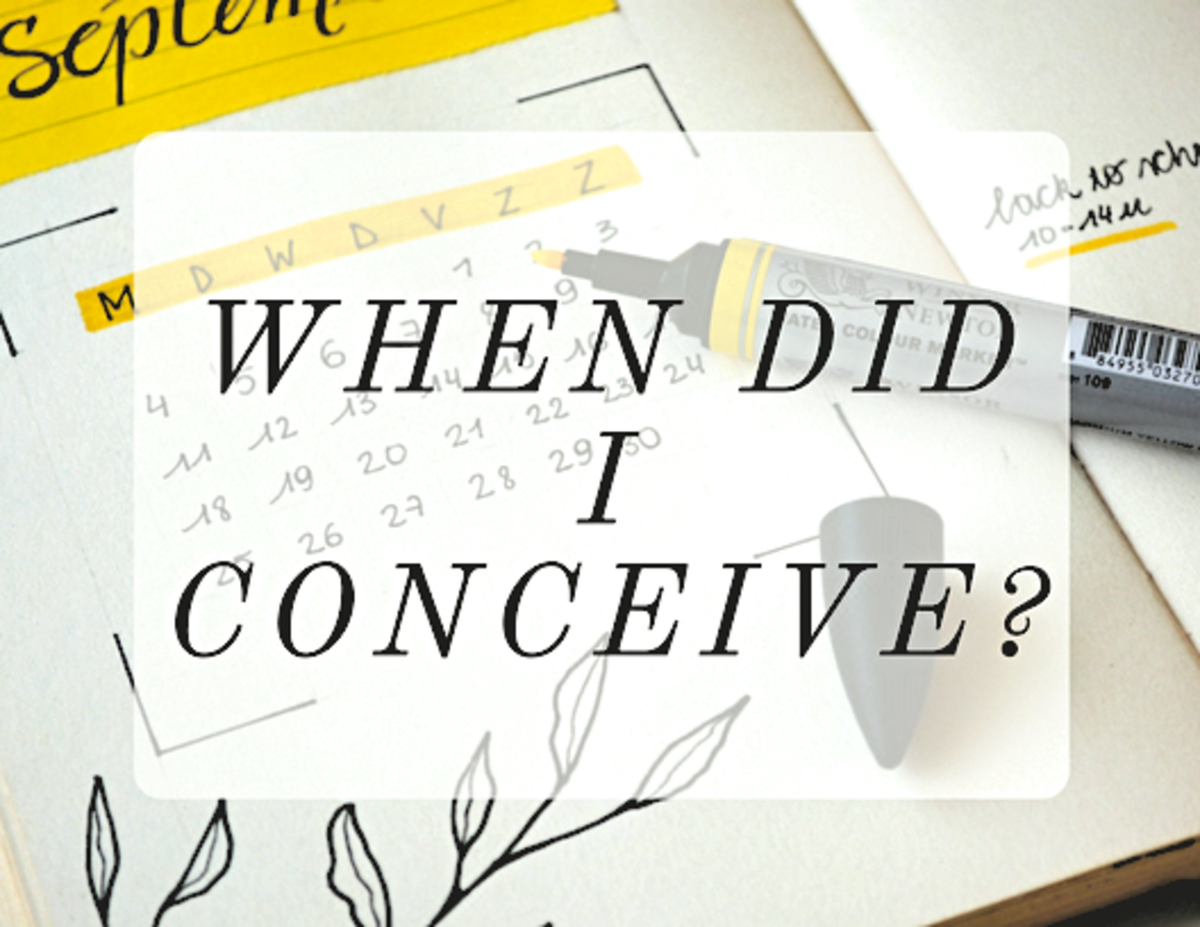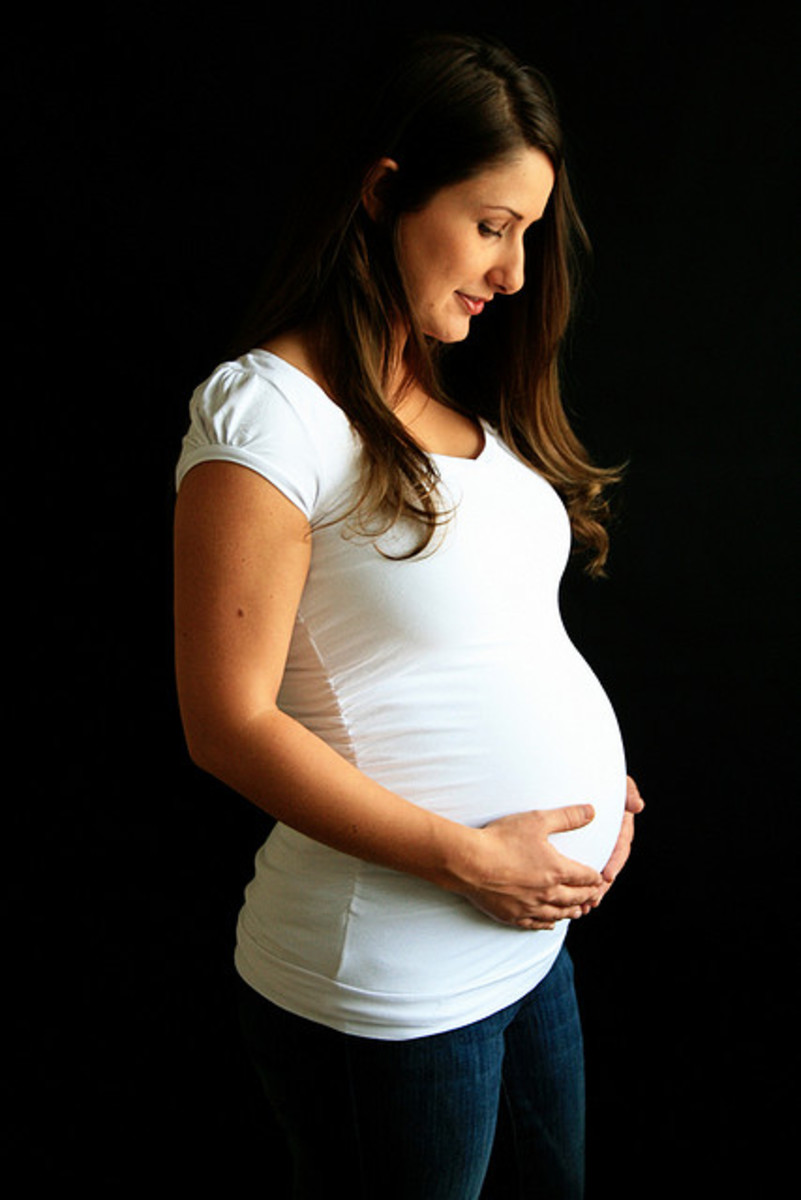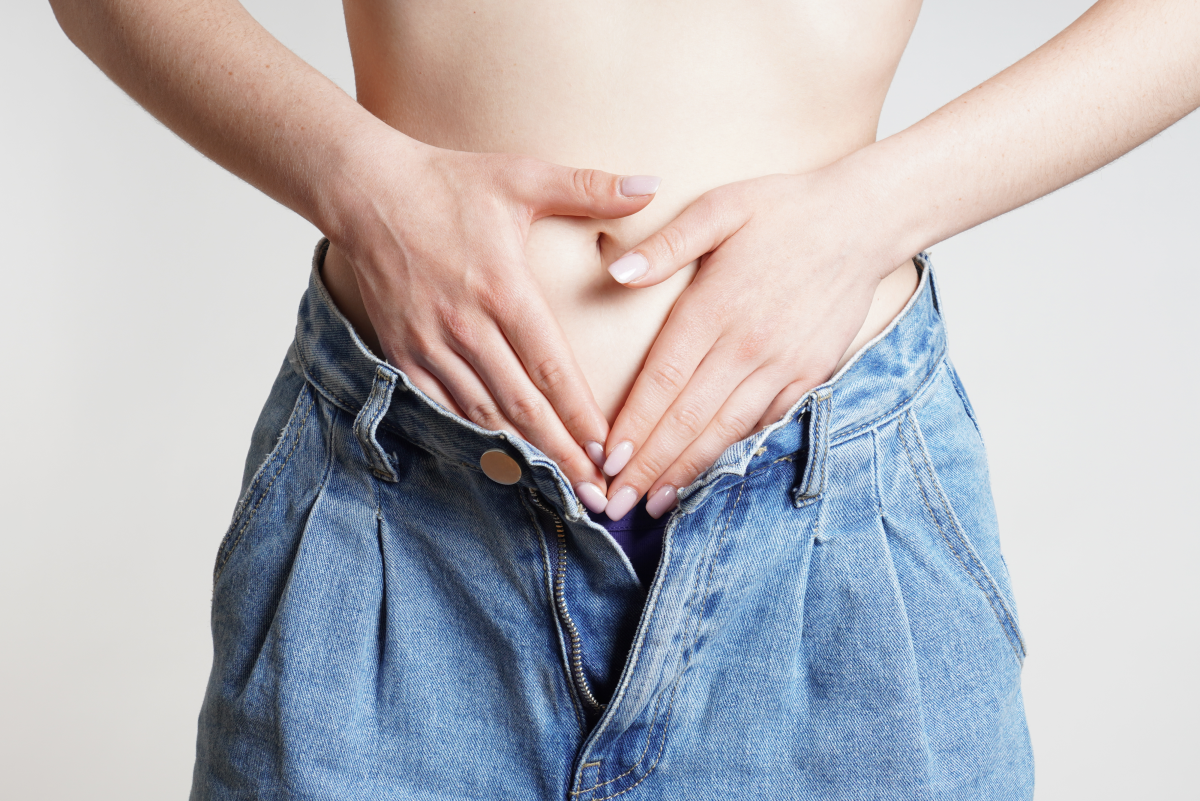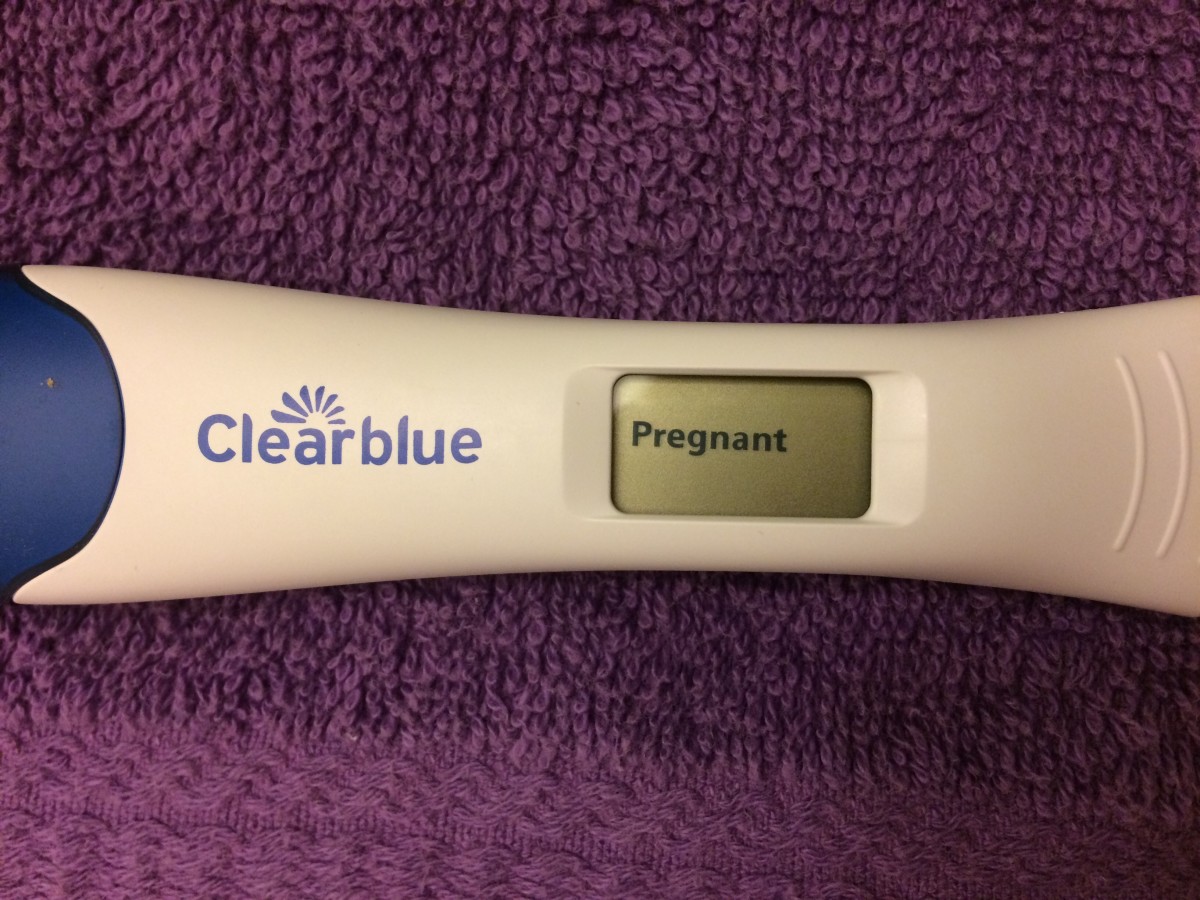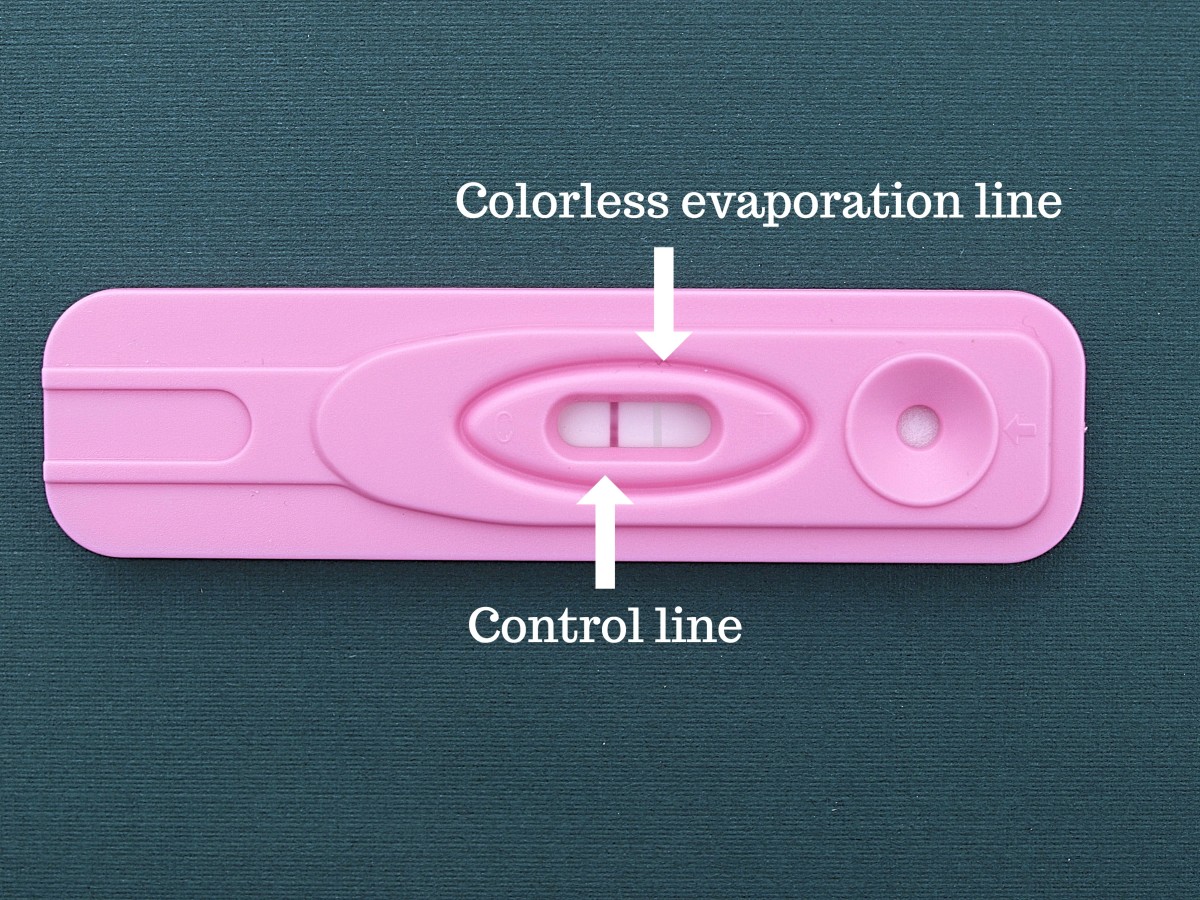- HubPages»
- Health»
- Women's Health»
- Pregnancy
Unexpected Questions for Couples Trying to Conceive: A Look at the Taboo Side of Fertility

At this time, I am TTC. TTC is the short term for Trying to Conceive. I was curious to compile a short list of frequently asked questions when it comes to trying to make a baby. The recipe for making a baby seems relatively simple, but it's a complicated process that involves good timing, frequency, health, and endocrine control.
What is Conception?
The natural process of human reproduction begins when male reproductive swimmers are entered into the female reproductive canal during an unprotected baby-making activity. The male reproductive swimmers travel through the donut-shaped entrance at the base of the feminine canal. Then, they go to the uterine cavity, and then to the fallopian tubes where they meet the ovum (egg). At this point, fertilization takes place. The embryo then progresses back down the fallopian tube and enters the uterine cavity where implantation takes place. (National, 2013) For most people, even people with fertility issues, eighty-four percent may conceive within one year or regular baby-making activities, and the percentage rises to ninety-two percent after two years, and ninety-three percent after three years. (Te Velde, 2000)
Is it OK to Urinate after TTC?
Urinating after 'the deed' is a great way to avoid a urinary tract infection. It's perfectly fine to use the restroom after a baby-making session. When urinary tract infections happen, they can be bothersome, painful, and dangerous and even pause efforts of trying to conceive, as they will require the use of antibiotics. Antibiotics can disrupt the body's natural processes for a certain amount of time by disrupting local flora in the feminine canal areas. Antibiotics even cause fungal infections to occur 'down there' as well, again, interfering with efforts in the realm of trying to conceive. Due to this, going to the restroom after doing the deed helps prevent UTI's. Female reproductive infections with bacterial female infections, candidiasis and trichomonas’s are a global health problem for women. A form of candida (CV) is one of the most frequent infections in women of reproductive age. Approximately 75 % of adult women will have at least one episode of CV by candida during their lifetime. “(Mulu, 2015)
How can I help Male Reproductive Fluid Get to the Egg?
In a healthy male, swimmers are considered quite fast, and they may find the egg in the manner of forty-five minutes. Slow swimmers can take up to twelve hours. If the swimmers aren't able to find an egg within the woman's fallopian tubes at the time of baby-making, they can live within the feminine canal system for seven days. If a woman was to ovulate around this time, it is possible for her co to conceive. It is believed that oxidative stress significantly affects male infertility. Combination therapy with carnitine, CoQ10, vitamin E and vitamin C for three to six months improved swimmer concentration of the male reproductive fluid. (Ahmadi, 2016)
How to Conceive Faster
First, after talking to a doctor, stop the contraceptives that you have been using, whether they are in a pill form or otherwise. Download an app to track menstrual cycles and to help in figuring out what days you are fertile. Do the baby making dance on the days, or day, before you ovulate. Use Pre-Seed to help create a healthy, feminine environment where the swimmers can move freely. Try taking Mucinex the week of ovulation to increase CM (feminine reproductive fluid) production. Nine lubricants were examined including Sylk, Conceive Plus®, glycerol, Johnson's Baby Oil, SAGE Culture Oil, Yes, Forelife, MaybeBaby, and Pre-seed. The lubricant which had the excellent results regarding vitality, at 92%, was Pre-seed and the most unfavorable was Forelife with 28% vitality. Regarding motility, Pre-seed produced the highest percentage of male reproductive fluid with progressive motility at eighty-six percent, and Sylk provided the lowest rate of progressively motile cells in the sample with thirty-one percent of male reproductive swimmers progressively motile. There were no notable effects on DNA integrity. Pre-seed was the lubricant which had the least adverse impact on 'swimmer' capacity, with Conceive Plus a close second, due to the significantly greater swimmer motility and vitality parameters measured following lubricant exposure. (Mowat, 2014)
How long should I try to conceive before heading over to the doctor's office?
It's time to see a fertility doctor if you are under the age of thirty-five, and you have actively been trying to conceive for one year by engaging in the unprotected baby-making. If you are thirty-five years of age, or older, it's better to see a doctor for fertility at the six-month mark, instead of a year.
Can You Conceive at Any Time of the Month?
There are six days during a cycle when a woman can conceive. These days are the five days that lead up to ovulation and the twenty-four hours after ovulation. Male reproductive fluid can live in a woman's body for five to seven days. The ovum (woman's egg) can live for only twelve to twenty-four hours. Some woman can feel when they ovulate, but many don't.
Can Pregnancy Symptoms Happen a Day After Conception?
Spotting may happen when you are trying to conceive. Cramping can happen as well. These events occur when a woman experiences implantation bleeding, and it can happen from six to twelve days after the egg has become fertilized. The cramps may remind you of a menstrual cramp. During pregnancy, the pregnant mother undergoes significant anatomical and physiological changes to nurture and accommodate the developing fetus. These changes begin after conception and affect every organ system in the body. For most women experiencing an uncomplicated pregnancy, these changes resolve after pregnancy with minimal residual effects. (Soma-Pillay, 2016)
TTC Scientific References
Ahmadi, S., Bashiri, R., Ghadiri-Anari, A., & Nadjarzadeh, A. (2016). Antioxidant supplements and semen parameters: An evidence-based review. International Journal of Reproductive Biomedicine, 14(12), 729–736.
Mowat, A. (2014) The effects of feminine lubricants on male swimmer fluid function: an in vitro analysis. J Assist Reprod Genet. 2014 Mar; 31(3):333-9. Doi: 10.1007/s10815-013-0168-x. Epub 2014 Jan 5.
Mulu, W., Yimer, M., Zenebe, Y., & Abera, B. (2015). Common causes of feminine infections and antibiotic susceptibility of aerobic bacterial isolates in women of reproductive age attending at Felegehiwot referral Hospital, Ethiopia: a cross-sectional study. BMC Women’s Health, 15, 42. http://doi.org/10.1186/s12905-015-0197-y
National Collaborating Centre for Women’s and Children’s Health (UK). Fertility: Assessment and Treatment for People with Fertility Problems. London: Royal College of Obstetricians & Gynecologists; 2013 Feb. (NICE Clinical Guidelines, No. 156.) 5, Initial advice to people concerned about delays in conception. Available from: https://www.ncbi.nlm.nih.gov/books/NBK327786/
Soma-Pillay, P., Catherine, N.-P., Tolppanen, H., Mebazaa, A., Tolppanen, H., & Mebazaa, A. (2016). Physiological changes in pregnancy. Cardiovascular Journal of Africa, 27(2), 89–94. http://doi.org/10.5830/CVJA-2016-021
Te Velde ER, Eijkemans R, Habbema HD. Variation in couple fecundity and time to pregnancy, an essential concept in human reproduction. Lancet. 2000; 355(9219):1928–9.
© 2018 Charlotte Doyle


